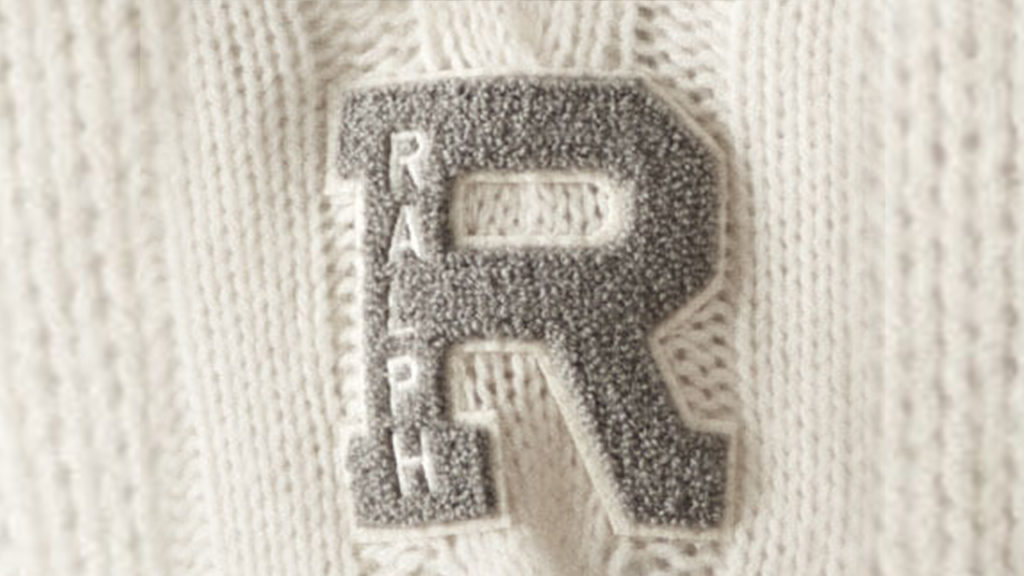Ralph Lauren reported that its net revenue for Q1 Fiscal 2019 increased by three percent to $1.4 billion, driven by sales in Asia—a key growth region—and Europe. The fashion brand credited this growth to a renewed focus and investment in its marketing efforts across digital channels, putting consumers at the center of everything. On its earnings call, Ralph Lauren CEO Patrice Louvet said that the company would continue executing its five-point strategy, which includes:
- Winning over a new generation of consumers
- Energizing core products and accelerate underdeveloped categories
- Driving targeted expansion in its regions and channels
- Leading with digital
- Operating with discipline to fuel growth
The company increased its marketing investment by 20 percent compared to last year, focusing mainly on its Spring Polo campaign featuring white Polo shirts, leading to global sales and double-digit growth in the menswear category. The company continues to engage with a younger generation of consumers by relying on celebrity influencers who wear its products at key events such as Wimbledon. Launching CP93 limited edition collection with callbacks to its roots in the Americas Cup sailing race amplified the Wimbledon sponsorship while elevating the brand’s voice overall.
“Our goal is to recruit millions of consumers into our brand each year,” said Louvet. “To achieve that, we’re continuing to increase our marketing investment and shift our standing to digital channels that matter most to consumers today.”
According to Louvet, as the official outfitter for Wimbledon, the company was able to increase its reach across digital channels and social media through celebrity influencers such as actress Poppy Delevingne, who took over Polo’s Instagram story to share her “stylish take on Wimbledon.”
In total, Polo generated over 6 billion impressions globally, and the company will continue leveraging entertainers, athletes and other influencers to represent different aspects of its brand.
Ralph Lauren expressed its consumer focus with a pop-up custom shop with exclusive prints at Wimbledon, emphasizing how customization energizes its core product offerings. Similarly, the company’s small format store at the Beverly Center in Los Angeles has a “create-your-own” shop that makes up about 10 percent of its sales.
Louvet said that international growth was a priority for the company, with mainland China being its largest near-term opportunity for growth. Ralph Lauren continues to grow rapidly in this area, driven by digital commerce platforms such as Tmall and WeChat.
“This growth was supported by targeted marketing through social media and influencer engagement,” said Louvet, adding that the company is on track to reach half a billion dollars in revenues over the next five years in China.
In Europe, the brand partnered with online retailers with digital campaigns that showcased the versatility of its Polo shirts. The campaigns worked to significantly increase the Polo brand visibility, which drove sales. Japan saw a sticker campaign on its popular messaging app Line, which more than tripled Polo’s followers in the region.
Given the global successes it found, Ralph Lauren intends to increase its marketing investment by high single to low double digits with incremental growth in the second quarter to amplify its upcoming 50th-anniversary fashion show. Long-term marketing investments will be comprised of roughly five percent of sales.
Louvet concluded by saying, “As we execute our next great chapter plan, we are encouraged by our early progress and the continued improvements in the underlying trends in our business.”

